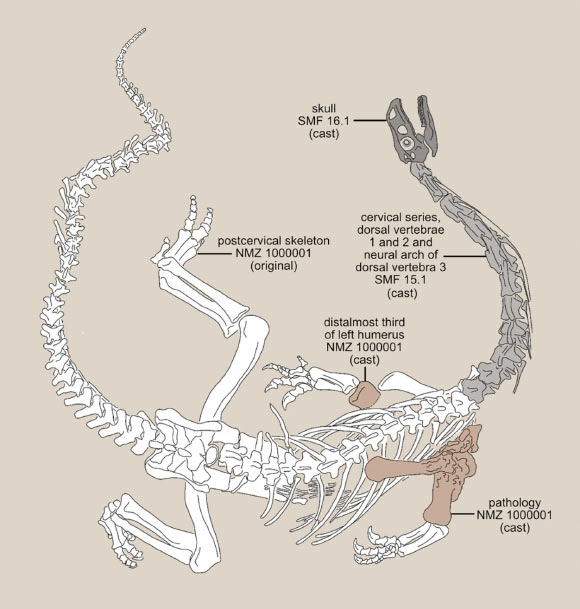Now Reading: Supermassive Black Hole in Seyfert Galaxy Consumes at Unusual Rate
-
01
Supermassive Black Hole in Seyfert Galaxy Consumes at Unusual Rate
Supermassive Black Hole in Seyfert Galaxy Consumes at Unusual Rate

Speedy Summary:
- Astronomers from the University of Leicester have studied a supermassive black hole in the Seyfert galaxy PG1211+143, located 1.2 billion light-years away in Coma Berenices.
- Published in the Monthly Notices of the Royal Astronomical Society, their research links excessive matter inflow to massive outflows reaching speeds of 0.27 times the speed of light.
- Using ESA’s XMM-Newton Observatory, they observed gravitational redshift around an accumulating ring of matter and its subsequent ejection driven by radiation pressure.
- The study confirms that transient inflows (10 Earth masses in this case) into black holes can produce relativistic winds capable of disrupting host galaxy phenomena like star formation.
- PG1211+143 has been a target for X-ray studies since 1999 and previously exhibited fast outflows at lower velocities (15% speed of light), later recognized as common features among luminous active galactic nuclei.
Indian Opinion Analysis:
This new finding deepens our understanding of supermassive black hole dynamics, including how their growth phases influence larger cosmic systems such as host galaxies. Observations linking inflows directly to high-speed outflows provide clearer insights into the feedback mechanisms controlling star formation and organic evolution on galactic scales.
The implications for India extend into space science opportunities; with ISRO’s growing interest in advanced astrophysics missions, such research exemplifies how long-term international collaborations-like ESA’s-can yield transformative discoveries. Enhancing domestic observational capabilities might prove instrumental for India to contribute more broadly to future studies on active galactic nuclei or similar cosmic phenomena.























